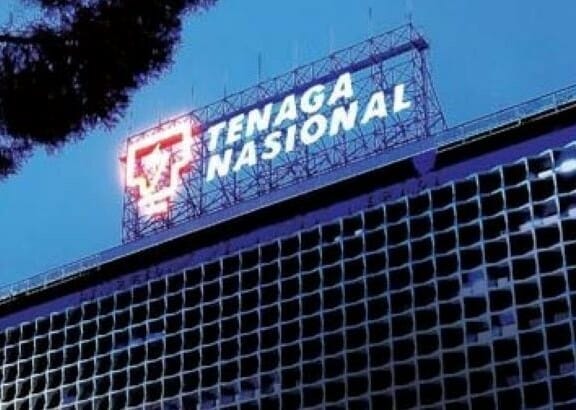In its investor day briefing, Tenaga shared its strategy moving forward highlighting its aims to reduce emissions intensity by 35% and reduce coal capacity by 50% with a complete phase-out of coal by 2045.
Industrywide in Malaysia, the utility giant sees solar capacity rising from 2GW in 2020 to 6GW by 2025, 9GW by 2030, 21GW by 2035, and 33GW by 2045. Tenaga is also looking to explore new green energy alternatives such as green hydrogen. Overall, the energy transition pathway for the group will require an annual CAPEX of RM9-14b between 2022-2030, RM10-20b per annum between 2030-40and RM15-24b per annum between 2040-50.
As such Tenaga said it’s Genco IPO will not be immediate and requires another 2-3 years, meantime efforts are focused on optimising its operations. Around 48% of Genco’s capacity currently comprises coal – MIDF foresees obtaining a good valuation could be a challenge. A positive, should this be in the form of a spin-off, is that it will remove substantial ESG drag from Tenaga as 99% of the group’s emissions is currently coming from generation.
Genco also aims to tap on regional gas and hydro potential. Overall, it is looking at 460MW of new gas and hydro capacity from within the region (Vietnam, Thailand, and Indonesia for gas & Laos and Indonesia for hydro) by 2030 which will add to its existing 14GW capacity. In terms of segmentation, Genco will continue to house existing traditional fuel capacity while RE will be in the form of hydropower plants. 48% of Genco’s capacity comprises coal, 33% gas, and 18%
hydro currently.
The New Energy Division (NED) which houses Tenaga’s RE operations (ex-hydro) has a long-term target of reaching 7.2GW RE capacity by 2030, 9.9GW by 2040, and 14.3GW by 2050 – from 0.7GW in 2022. Current RE capacity comprises mainly 119MW wind capacity in Turkey (minority stake), 165MW wind and 365MW solar capacity in the UK, 26MW solar capacity in India (minority-owned), and 126MW solar capacity in Malaysia. Current assets are generating 7% equity IRR (most were acquired as operational assets hence relatively lower IRR) but could rise to 7%-9% as the group increases development assets.
Of the 3.6GW deal flow that NED has in the pipeline for the UK/EU and Asia Pacific markets, 91% and 80%respectively are development assets. NED will require equity investment of USD4b by 2030 to hit its 7.2GW RE target, USD5.5b within 2031-2040 to hit 9.9GW, and another USD6.5b within 2041-2050 to hit 14.3GW. EBIT is expected to ultimately rise to USD700-900m by 2050 once the targets are achieved.
Grid operations are also looking to play a key role in accelerating the ASEAN power grid development to mitigate system stability. Overall, grid-related regulated asset base (RAB) is expected to rise by 61% to RM45b by 2050 from RM28b in 2022 with circa 11% of 2050 RAB comprising energy transition and decarbonisation assets. At this RAB, the grid operations expected to generate earnings of RM3b by 2050. Meanwhile, the distribution network’s RAB is expected to increase by 50% from RM36b in 2022 to RM54b in 2050 with 20% comprising energy transition elements.
Recommendation.
MIDF says it likes Tenaga’s energy transition ambitions which are necessary to manage climate change and address potential risks from carbon pricing in the future. Near-to-mid term measures, however, may weigh on profitability given: Earnings impact from early coal plant retirement and stake dilution from CCUS incorporation and Potential near-to-mid
term impact from carbon pricing introduction in Malaysia.









